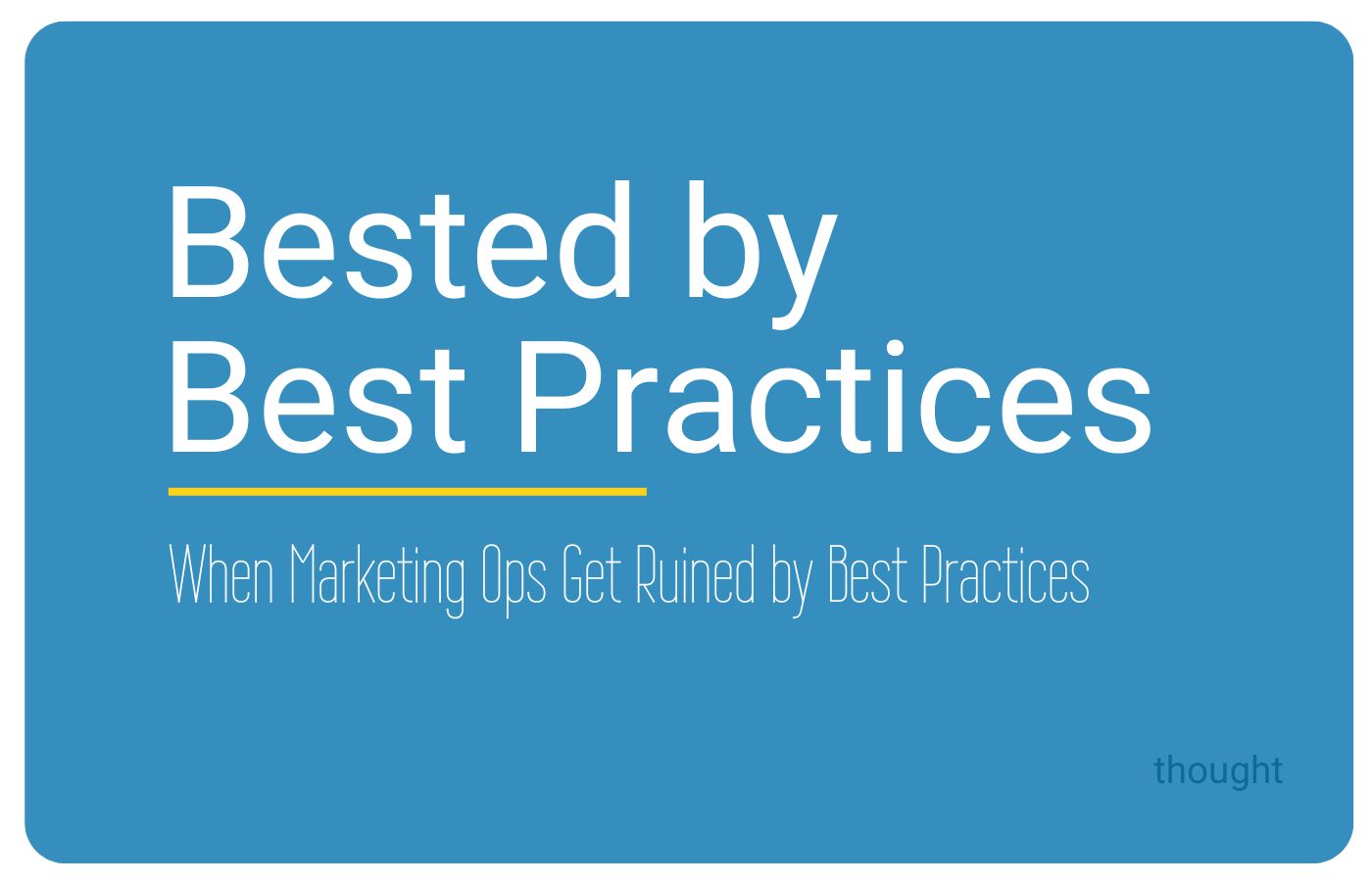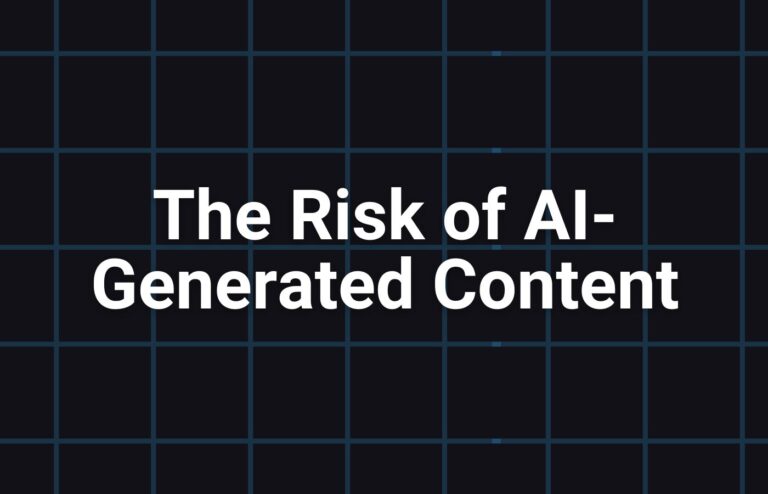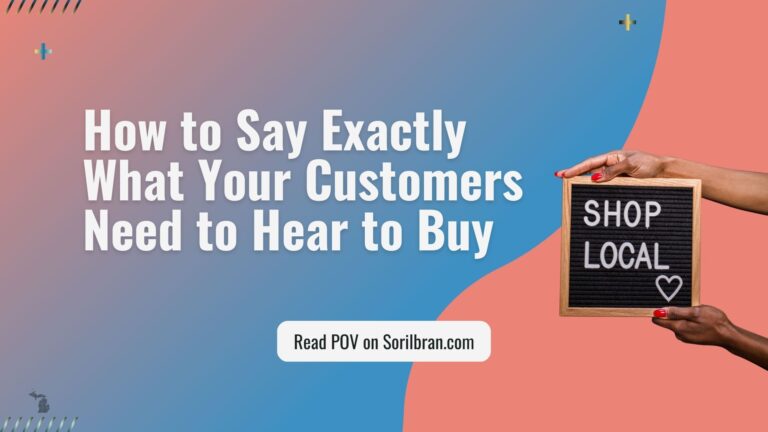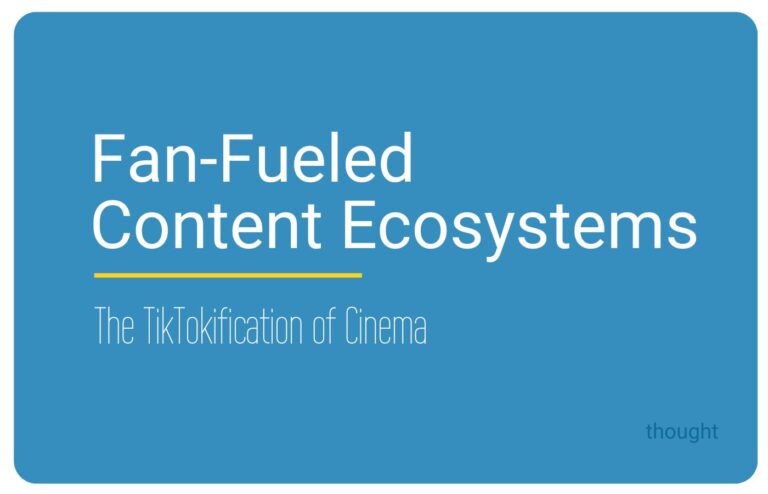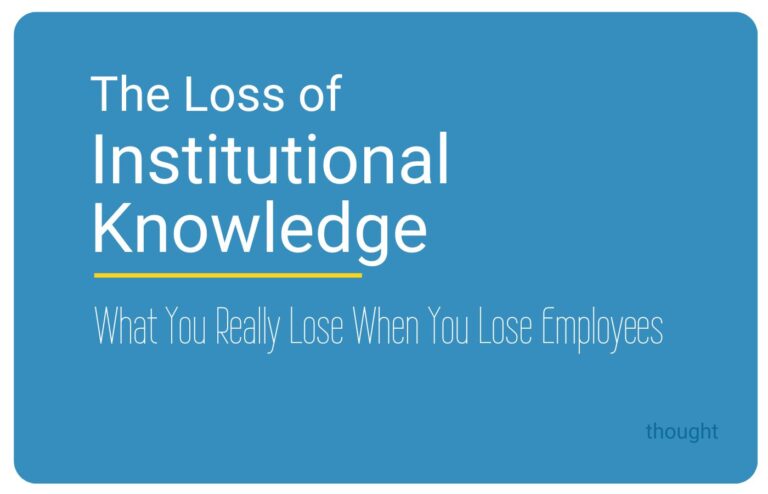Why Marketing Best Practices Sometimes Sabotage Good Results
There’s a myth we don’t question enough: that best practices equal best outcomes. They don’t. Best practices are usually optimized for (and from) the past. And if you’re not careful, following them can sabotage your results.
Why Best Practices Can Quietly Undermine Results
Best practices feel safe, don’t they? They’re familiar, talked about, validated by multiple parties. Well, the talking heads may agree on it, but the problem is that by the time something gets codified as “best practice,” the moment it was built for has already passed.
Usually.
Not always.
But… more and more frequently, fluid trumps codified.
Best practices are typically:
- built on consensus, but not necessarily observation (and definitely not agility)
- optimized for systems, not humans
- break under pressure in fast-moving markets
The result? You could wind up investing in processes that look good on paper but collapse under real-time shifts in your category, audience, or industry.
Three Times Best Practices Backfired—Spectacularly
Let me bring this right down your street.
1. SEO That Ignored a Cultural Shift
In 2022, I pushed our SEO agency to include keywords around “creator marketing.” They resisted. Said the traffic wasn’t there.
I pushed because I saw the shift happening in real time. We’d just gone through lockdowns. Influencers had become de facto community leaders. “Creator” was already replacing “influencer.”
I’d written about it. We’d polled the community. I’d published a report and had the data picked up by Statista. I had proof.
But our SEO agency had the track record and the awards and the YouTube channel and the name recognition. So, I relented, assuming they knew best. We ignored the signals, stuck to best practices, and waited on traffic.
As a result, our agency lost ground. Someone else owned the conversation by the time we shifted to creator-focused language the following year.
Lesson: Market moves first. Search behavior lags. If you’re not tracking both, you’re behind.
2. Niche Brand, Broad Keywords
Friends of mine run a Black haircare company. As part of their go-to-market strategy, they leaned into SEO, hiring an overseas agency to help them get more visibility in the SERPs and traffic to their site.
To its credit, the SEO agency followed all the rules, investing in broad – but popular – terms like “moisturizing hair” and “hydrating shampoo.”
Instead of capturing more share in their niche, my friends found themselves competing in the broad beauty market – against legacy CPG brands and massive publishers who dominate the top of search results for terms my friend’s brand was never meant to chase. And queries for which they couldn’t compete.
The SEO agency hadn’t done anything wrong. It followed best practices, but didn’t understand the Black haircare consumer. So, my friend’s content was buried in noise, and their traffic ended up going to competitors because they weren’t targeting the terms their actual audience would have been searching.
Lesson: Best practices without cultural context will always prioritize reach over relevance.
3. Paid Search: Smart Strategy, Wrong Signals
We worked with a seasoned Google Ads team. Buttoned-up. Talented. Built solid keyword campaigns.
The traffic rolled in. But it didn’t convert. Like, at all. Why? The agency didn’t know our ICP. So the ads brought in brands that couldn’t afford our services.
Their strategy was built for traffic. But our pipeline needed intent.
This time, we pivoted. We built a messier, riskier, intent-first system—and the pipeline came back.
Lesson: Even the most elegant execution falls flat if it’s tuned to the wrong signal.
What’s Actually Going Wrong
In each one of these examples, the agency partner was right. Just not effective. The agencies deployed best practices exactly the way they were designed to be deployed. But the problem with best practices is they don’t account for culture. They don’t make room for swift change. And they are set, not agile.
Vendors optimize for visibility, not resonance. Feedback loops lag behind what’s happening in real time. And that means most teams are optimized to follow, not to observe.
It’s not a vendor problem. It’s a system design problem. Agencies are trying to pull together strategies for an audience they don’t understand. For third-party agencies, the audience they serve is actually their client’s client. Having a blind spot about what drives that audience to act will always lead to underperforming campaigns.
Fix #1. Create a questionnaire that helps you understand your client’s client. This wouldn’t be research and tutorials and webinars and Ted Talks – just a questionnaire.
Fix #2. Find a way to extract intel from the goldmine of unstructured data your client’s undoubtedly sitting on to uncover insights about clients, pain points, and differentiators. Most of the failures I’ve seen with third-party vendors aren’t the result of agencies not performing, but rather underperformance that can be tied to them having a glaring blind spot where insights about their client’s client should be
Fix #3. Build systems that are built to learn, adapt, and evolve as a way to mitigate the risk of falling behind on efforts specifically designed to get you ahead.
The Antidote to Best Practice Burnout
Stop trying to be correct. Instead, prioritize being current. Industries are changing drastically in real time.
✅ Prioritize flexibility over finality.
✅ Build fast feedback loops, even if you have to take a hit to your KPIs in the short-term.
✅ Hire for pattern recognition, not just execution.
✅ Design your systems to evolve with the market 🙏🏽
These aren’t radical ideas. They’re survival tactics.
For B2B Brands: Your Edge Is Downstream
One of the stickiest principles I’ve picked up over the years is this:
👉 Your customer isn’t your only audience.
👉 You need to understand their audience, too.
That’s where the real leverage lives.
It’s the thing I’m always correcting for when we bring in partners who are great at what they do, but who don’t understand what we do. They show up with experience, awards, and expertise. But those hard-won best practices fall short if they can’t see the audience behind the brand.
In B2B, that downstream insight—the ability to feel the tension your customer is trying to solve—is the edge.
If you’re onboarding a new agency partner:
- Clearly define how you measure success.
- Share onboarding docs that explain your goals and your audience.
- Ask them to walk you through their targeting and measurement strategy.
If you’re the agency partner:
- Know your customer’s customer.
- What’s their pain point?
- What language do they use?
- What makes them trust—or dismiss—your brand by proxy?
The strongest brand strategies aren’t just relevant—they’re resonant. And you can’t get to resonance without being tuned in to the pain one layer deeper than your own.
That’s the pain your customer is trying to solve.
In fast-moving categories, the winners aren’t playing it safe. They’re adapting faster. Don’t follow the rules. Write better ones.
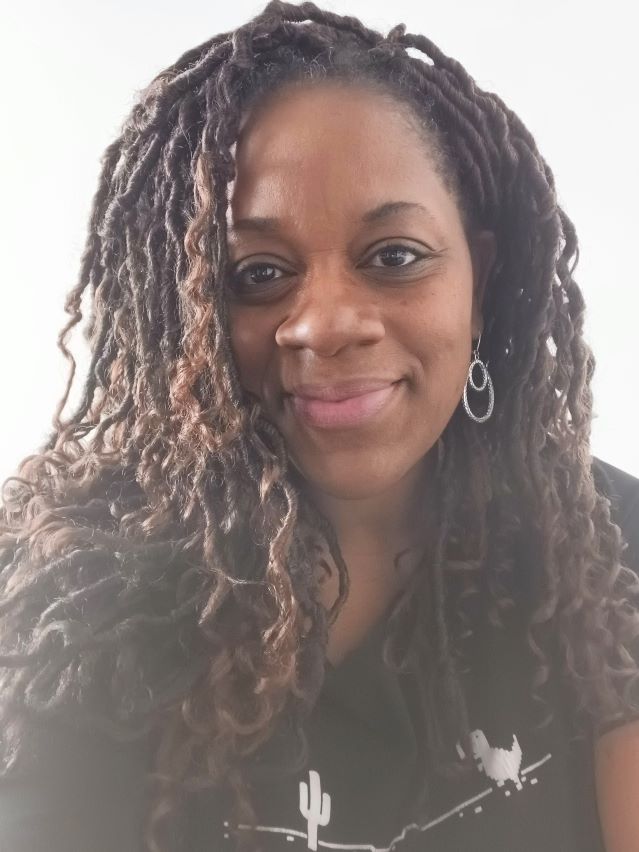
About Sorilbran
Thinker. Writer. Strategist.
Out here in these digital streets, trying to be a good human, write the next backyard barbecue anthem, and keep a finger on the pulse of innovation.
All while training my girls – and the data – in real time.

